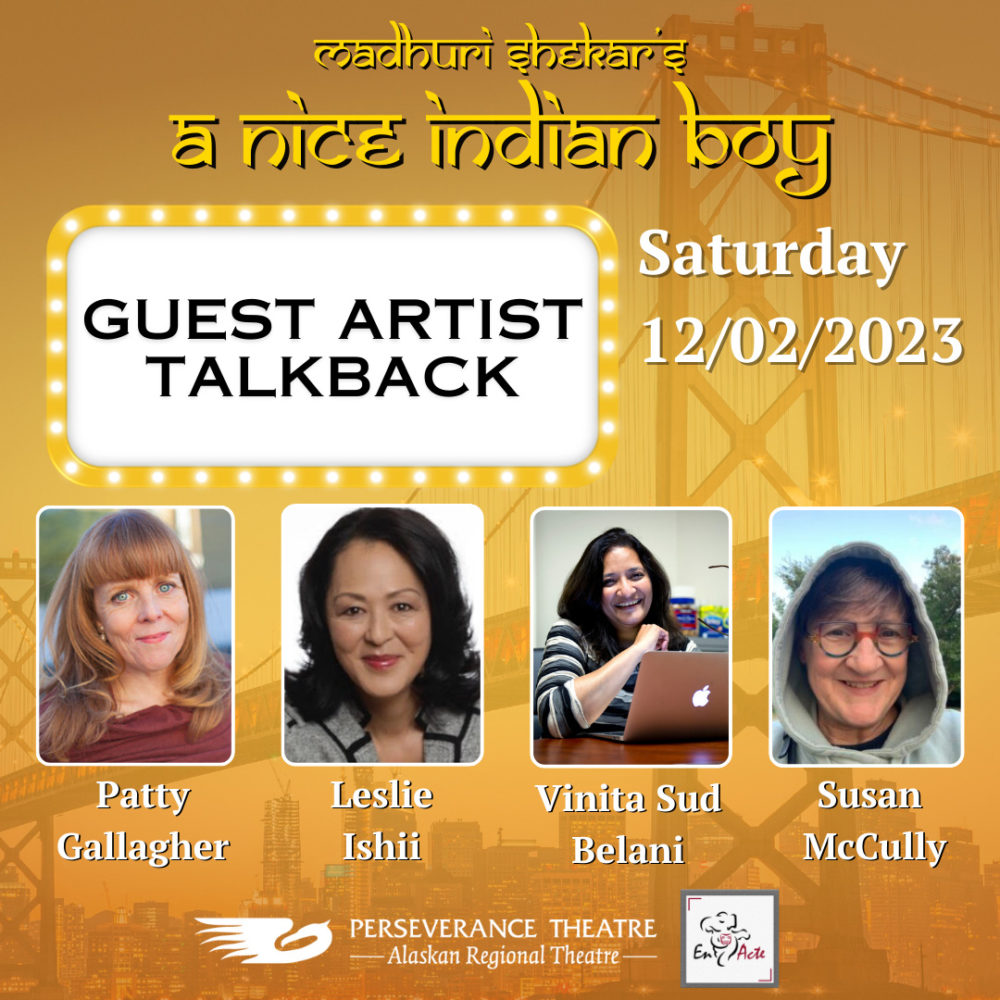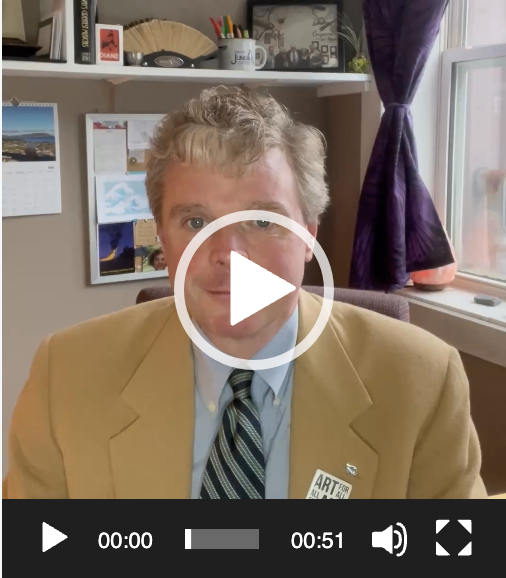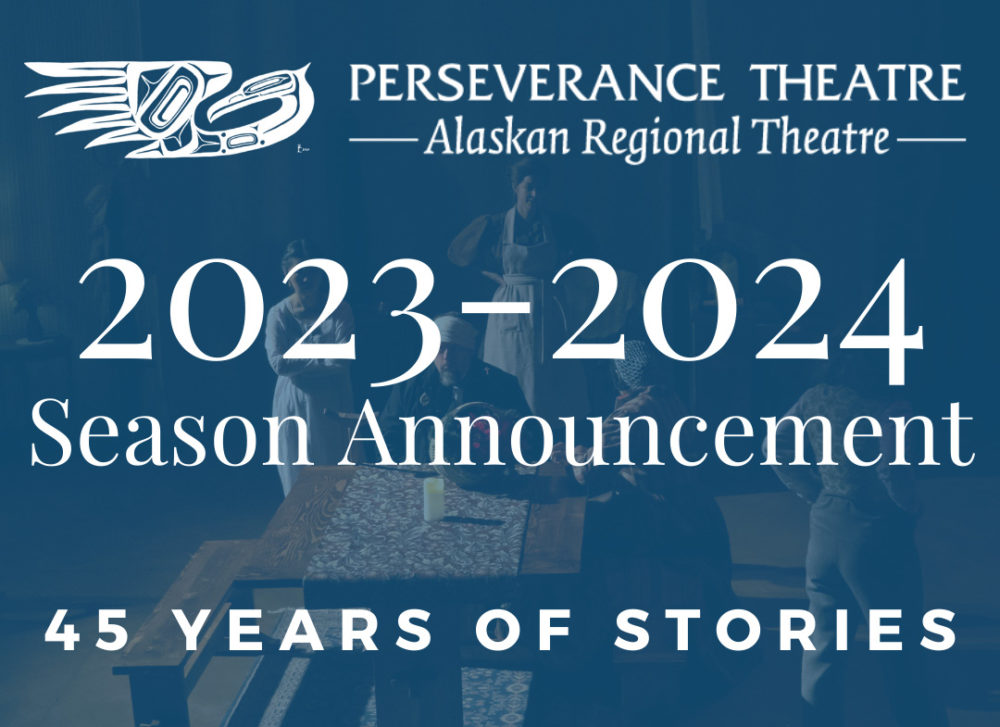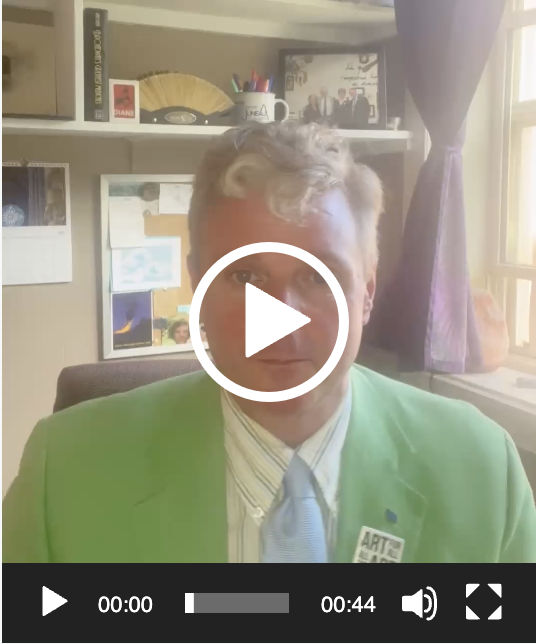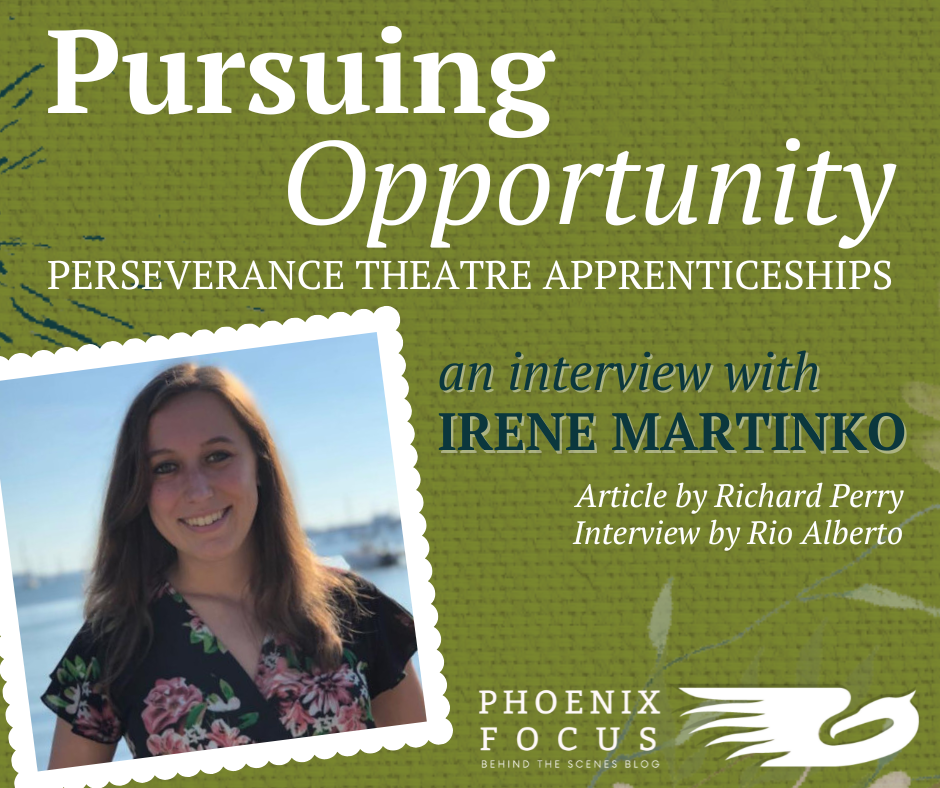Perseverance Theatre is officially accepting auditions for an upcoming production of Indecent by Paula Vogel, directed by Hannah Wolf. Those auditioning will receive sides and music from the show and will be asked to submit a self-taped video for consideration.
The deadline for submissions is October 15, 2023. Only non-union contracts available.
This show will be produced and performed in Juneau and then transfer to Anchorage.
Juneau Rehearsals: Jan 9 – Feb 15, 2024
Juneau Performances: Feb 16 – Mar 3, 2024
Anchorage Rehearsals: Mar 12 – Mar 15, 2024
Anchorage Performances: Mar 15 – Mar 24, 2024
To request audition sides or to ask questions, please email casting@ptalaska.org.
SHOW DESCRIPTION
Set in the early 20th century, Indecent follows the true story of Sholem Asch’s controversial play, “God of Vengeance.” As this groundbreaking Yiddish work journeys from the stages of Europe to Broadway, it faces censorship and fierce opposition due to its lesbian protagonists. Through ensemble storytelling and evocative live music, Indecent explores the persecution of Jewish artists and the undeniable impact of work that pushes the boundary. This Tony Award-winning play will affirm the enduring power of art to provoke, inspire, and ultimately transform lives.
AUDITIONS:
Looking for non-union actors to play the roles listed on the following page. Those auditioning will be asked to submit a self-taped video of themselves with the sides and music from the show for consideration. Accompaniment will be provided with music.
Casting is open to actors of color, as well as non-binary, trans, and gender non-conforming actors regardless of the documented gender identity, race/ethnicity of the characters. Jewish actors are encouraged to apply.
While the characters and story are based on real events – the play and production is not an accurate historical drama.
Please be aware that we cannot alter the pronouns used in the script so actors should be comfortable with the pronouns assigned to the character they are auditioning for.
CHARACTERS
The Stage Manager, LEMML – 30-50, Male, Any Race/Ethnicity (Ensemble Vocalist)
A passionate and curious stage manager, often underestimated by his peers, yet finds the strength to go on when others can’t. Must be able to sing, dance, and do/learn Yiddish accent.
The Ingénue, CHANA – 20-35, Female, Any Race/Ethnicity (Solo Vocalist)
Plays several characters in the show. Must be able to differentiate between characters physically, vocally, and stylistically. Roles vary from upbeat, snobby, and eager. Must be able to sing, dance, and do/learn Yiddish and Lithuanian accents. Must be willing to engage in both same-gender and opposite-gender kisses, same-gender touching and get rained on onstage. There will be an intimacy director. Characters played: Rifkele, Young Madje Asch, Elsa, Immigrant, Reina/Ruth, Virginia, Bagelman Sister
The Ingénue, AVRAM – 20-35, Male, Any Race/Ethnicity (Ensemble Vocalist)
Plays several characters in the show. Must be able to differentiate characters physically, vocally, and stylistically. Roles vary from excitable, worn out or hopeless, and naive. Must be able to sing, dance, and do/learn a Polish accent. Must be willing to engage in opposite-gender kissing. There will be an intimacy director. Characters played: Sholem Asch, Immigrant, Morris, Eugene O’Neill, John Rosen
The Middle, HALINA – 35-50, Female, Any Race/Ethnicity (Solo Vocalist)
Plays several characters in the show. Must be able to differentiate characters physically, vocally, and stylistically. Roles vary from professional, nonchalant, and apprehensive. Must be able to sing, dance, and learn/do a Yiddish accent. Must be willing to engage in same-gender kissing and touching, and get rained on onstage. There will be an intimacy director. Characters played: Manke, Immigrant, Freida, Deine/Dorothee, Dr. Hornig, and Bagelman Sister
The Middle, MENDEL – 35-50, Male, Any Race/Ethnicity (Solo Vocalist)
Plays several characters in the show. Must be able to differentiate characters physically, vocally, and stylistically. Roles vary from stubborn, authoritative, and explorative. Must be able to sing, dance, and learn/do a Yiddish accent, French, Spanish, and Chinese pronunciations. Characters played: Nakhmen, Immigrant, Harry, Officer Bailie, Rabbi Silverman
The Elder, OTTO – 50-65, Male, Any Race/Ethnicity (Ensemble Vocalist)
Plays several characters in the show. Must be able to differentiate characters physically, vocally, and stylistically. Roles vary from boisterous, disappointed, and apologetic. Must be able to sing, dance, and learn/do German and Yiddish accents. Characters played: Yekel, Mr. Peretz, Schildkraut, Immigrant, Bartender, Judge McIntyre, Older Scholem Asch
Please note that the role of The Elder / VERA has already been cast.
We hope to see your audition!
Please reach out to kferguson@ptalaska.org with any questions.



